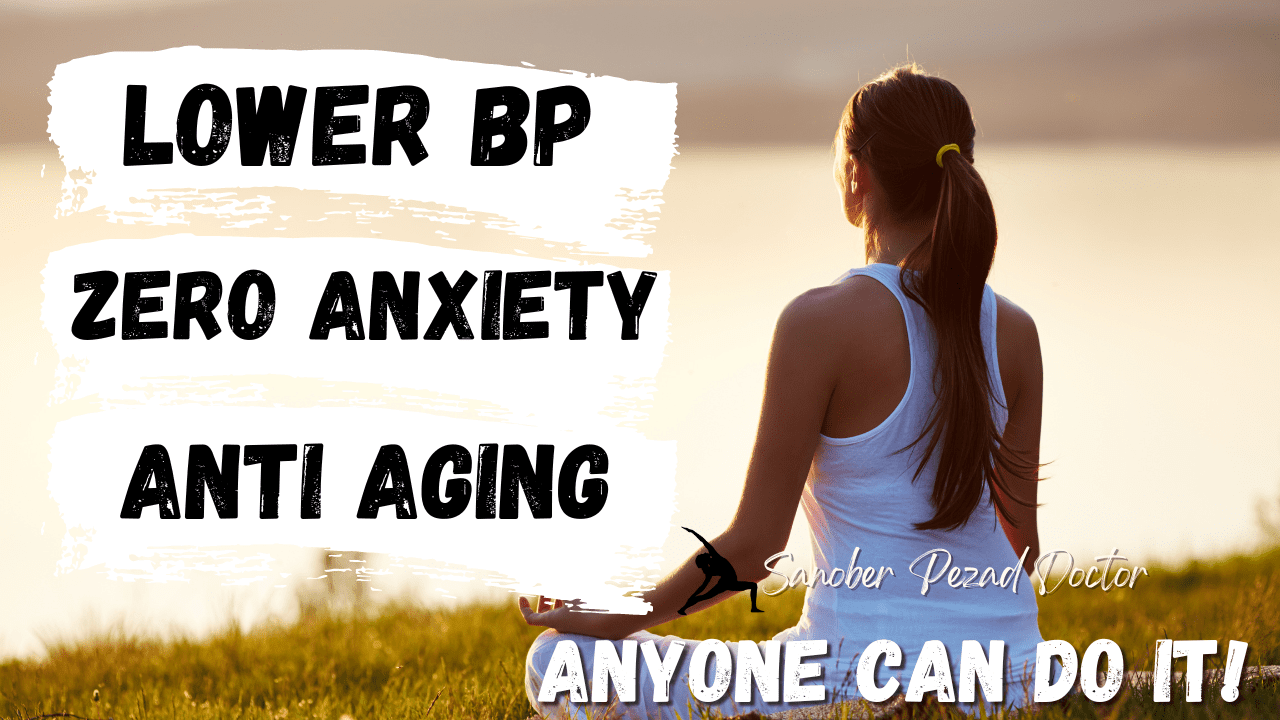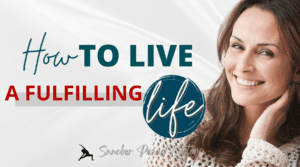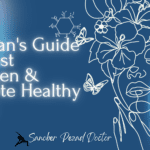The 4-7-8 Breathing Technique: Everything You Need to Know

The late Zen Buddhist monk Thích Nhất Hạnh once said,
“Feelings come and go like clouds in a windy sky. Conscious breathing is my anchor.”
Thích Nhất Hạnh
If you are already used to meditating, this breathing technique will be familiar and challenging. But if you are a complete novice like me, trying this simple breathing technique will be helpful.
What is the 4-7-8 Breath?
The 4-7-8 Breathing Technique is believed to have originated from a form of yoga called Pranayama. The breath is called “Prana,” which means both “breath” and “energy” (i.e., the conscious field that permeates the whole universe). Dr. Andrew Weil conceptualized the 4-7-8 breathing technique, and it has been popularly known as the perfect, portable stress antidote in today’s times.
It takes almost no time, requires no equipment, and can be done anywhere!
It is a simple breathing technique that lowers heart rate and blood pressure. A study conducted on 43 participants analyzed the effect of this technique on sleep-deprived patients and found it significantly helpful. Another study conducted on 90 patients found that the 4-7-8 breathing technique was beneficial in reducing the anxiety level of patients in clinical practice after bariatric surgery. This trial also studied deep breathing exercises, compared them to this technique, and found it equally compelling.
Benefits of the 4:7:8 Breathing Technique
Any form of deep breathing increases the oxygen delivered to the lungs. In addition, the 4-7-8 breathing technique engages the parasympathetic nervous system, which is responsible for shifting the body from fight and flight mode to calm and relaxed. Some benefits of the 4-7-8 breathing technique include:
Reduced Anxiety & Stress
- Lowers blood pressure: Practicing 4-7-8 breathing stabilizes blood flow and dilates blood vessels, improving blood pressure and reducing physiological anxiety symptoms.
- Activates the parasympathetic nervous system: conscious and regulated breathing engages the parasympathetic state of our nervous system, where relaxation and healing happens and disengages our fight or flight response.
- Increases emotional regulation: 4-7-8 breathing regulates our emotions by helping us stay grounded instead of going into fight or flight mode.
- Improves concentration: Regulating your breathing using the 4-7-8 technique will give your mind something to focus on, decreasing your racing thoughts and bringing you back to the present moment.
- Reduces heart rate: Increased heart rate can be a symptom of anxiety, and deep breathing increases oxygen in the blood, dilating the blood vessels to lower blood pressure and lower your heart rate.
- Decreases cortisol production: Cortisol is a hormone released during times of stress and anxiety, which can cause inflammation. 4-7-8 breathing can calm the mind and body to lessen stress and decrease cortisol production.
Regulated Sleep Patterns
- Triggers relaxation response: Deep breathing engages the parasympathetic stage of your nervous system, which is responsible for relaxing you. This will put you in the right state of mind to fall asleep, and stay asleep.
- Helps with grounding: using the 4-7-8 breathing method gives your mind something to concentrate on in the current moment which can help ground you, instead of worrying about the previous or upcoming day, to help you fall asleep.
Improved Cardiovascular Functioning
Cardiovascular benefits that 4-7-8 breathing can provide include:
- Lowers heart rate
- Improves quality of the airways
- Increases oxygen in the blood
- Decreases blood pressure
- Improves heart rate variability
Decreased Chronic Pain
When our body experiences pain, it goes into a fight-or-flight response. The longer the body remains stressed, the more dysregulated the nervous system will become, and the worse the pain will be. Practicing mindfulness, like 4-7-8 breathing, can manage pain by allowing your nervous system to move into the relaxation response and decrease pain. Many studies show that mindfulness is an effective tool for managing pain.
How do you perform the 4-7-8 breathing exercises?
You can perform this practice in any posture, but preferably sitting with your back straight.
The video below demonstrates how to perform the breathing technique step by step and has a guided meditation towards the end.
- Exhale completely through your mouth, making a whoosh sound.
- Close your mouth and inhale quietly through your nose to a mental count of four.
- Hold your breath for a count of seven.
- Exhale completely through your mouth, making a whoosh sound to a count of eight. This is one breath.
- Now inhale again and repeat the cycle three more times for four breaths.
Helpful Tips to Perform the 4-7-8 Breath Efficiently
Keep in mind that you always inhale quietly through your nose and exhale audibly through your mouth. Keep the tip of your tongue curled against the upper front teeth the whole time.
Try 3-4 breath cycles 1-2 times daily when you begin. Once you become comfortable, you can increase the number of cycles to 8 (maximum recommended at a time).
Be mindful of your environment- While you can perform it anywhere and wherever you like, you’ll receive more incredible benefits if you temporarily disconnect from the world. This includes putting your phone on flight mode and choosing a quiet place in the house or office without distractions.
Maintain a healthy posture- Sitting with your spine straight is best. This practice can stimulate the vagus nerve responsible for the relaxation you will receive. The best way to engage it is with an open chest to have deeper breaths and do it more comfortably.
Why follow the ratio of 4:7:8?
In case you’re wondering, why the ratio of 4:7:8? Since that was a question that came to my mind… If you learn and observe any deep breathing exercise, the general rule is that the exhale should be twice that of inhalation. So, the absolute time you spend on each phase is not necessary. It is essential to maintain the ratio of 4:7:8.
The Verdict
4-7-8 breathing is an easy breath-work method to learn and can significantly increase your mood and quality of life in just the few minutes it takes to practice it. It is my go-to technique to teach clients, and I use it myself to manage my anxiety, fall asleep faster, and stop the racing thoughts that come with everyday stressors.
“Sometimes the most important thing in a whole day is the rest we take between two deep breaths.”
Being proactive in our choices today can ensure better overall health for years.
If you struggle with stubborn weight, fatigue, skin issues, or other health problems and feel like you’ve reached a plateau with your healing, check out our telehealth integrative health coaching consultation.
In my telehealth integrative health coaching clinic, we go the extra mile to uncover all areas of your health that can contribute to your skin and overall health problems.
Even though health problems can be overwhelming, we aim to walk with you on your journey to better health naturally.
We believe in whole-person healing!
As one of the only few Holistic skin and health coaches in the world, we provide online coaching for people around the globe.
? We’re meticulous. So nothing gets missed. Trust me, you’re in safe hands!
Till then,
Continue to glow, thrive and shine as always.
Sending lots of healthy and happy wishes your way. ?
P.S.- If you like what I share, consider Subscribing to stay connected. I do NOT spam. Promise! ?
Also, please leave a comment and share the article with your loved ones. Sharing is Caring!
Feel free to ask a question or leave a suggestion as well. I am always open to learning. ?
References
- Obesity surgery. The Effect of Deep Breathing Exercise and 4-7-8 Breathing Techniques Applied to Patients After Bariatric Surgery on Anxiety and Quality of Life https://pubmed.ncbi.nlm.nih.gov/36480101/
- Physiological reports. Effects of sleep deprivation and 4-7-8 breathing control on heart rate variability, blood pressure, blood glucose, and endothelial function in healthy young adults https://pubmed.ncbi.nlm.nih.gov/35822447/
- Frontiers in human neuroscience. How Breath-Control Can Change Your Life: A Systematic Review on Psycho-Physiological Correlates of Slow Breathing https://www.ncbi.nlm.nih.gov/pmc/articles/PMC6137615/






Comments
It is a very interesting read. I practice yoga but I never heard about the 4-7-8 breathing technique. I have a very stressful period now and I`m going to give this technique a try.
Definitely! It is a very relaxing technique, and I am hopeful it will be of some assistance during this time. My best wishes.
I’ve heard about the 4-4-4 breathing technique, but this one is new to me (you learn a new thing every day).
I’ll try it out following your advice.
The 4-4-4 seems to be a modification of the 4-7-8. We all learn something new every day! I’m glad you found it helpful.